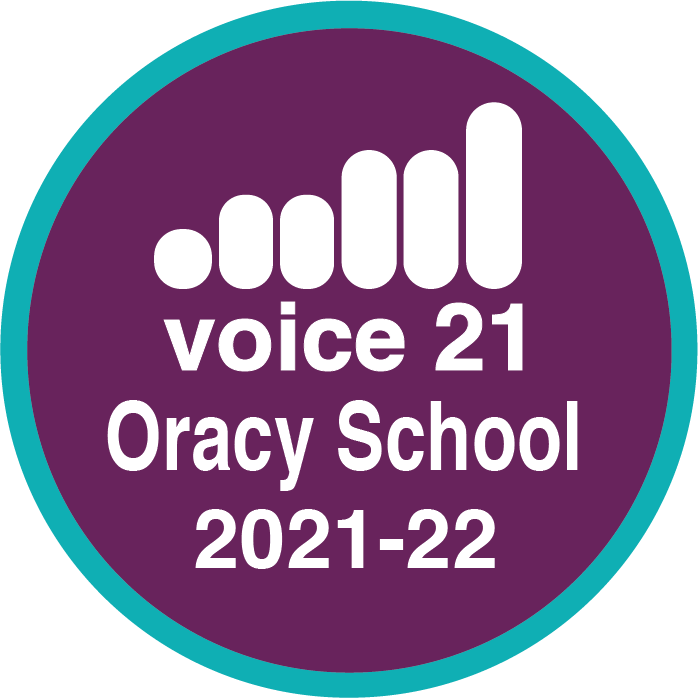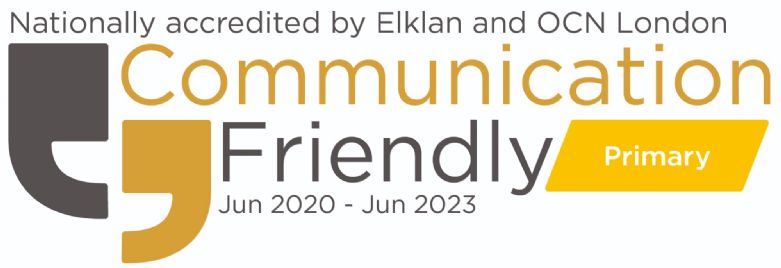Guided Reading
Guided Reading Book Progression Across the School
 *Please note that this is a live document and is updated throughout the year as new books are released and to respond to the children's interests.
*Please note that this is a live document and is updated throughout the year as new books are released and to respond to the children's interests.
What is Guided Reading?

Guided reading is informed by Vygotsky’s (1978) Zone of Proximal Development and Bruner’s (1986) notion of scaffolding, informed by Vygotsky’s research. The practice of guided reading is based on the belief that the optimal learning for a reader occurs when they are assisted by an educator, or expert ‘other’, to read and understand a text with clear but limited guidance. Guided reading allows students to practise and consolidate effective reading strategies.
Vygotsky was particularly interested in the ways children were challenged and extended in their learning by adults. He argued that the most successful learning occurs when children are guided by adults towards learning things that they could not attempt on their own.
The purpose of guided reading is for children to problem-solve and practise strategies using level-appropriate text. We value reading with fluency and for a deeper understanding, as we know that fluent readers will access knowledge and use this to expand learning and make links to the wider world. Our approach will prioritise the exposure to a wide range of texts, challenging in content and lexical density, modelling how to read and comprehend successfully through explicit instruction and questioning. This utilises pupils' phonetic skills and develops vocabulary to aid background and contextual understanding needed to comprehend successfully.
Guided reading helps pupils develop greater control over the reading process through the development of reading strategies that assist decoding and constructing meaning.











